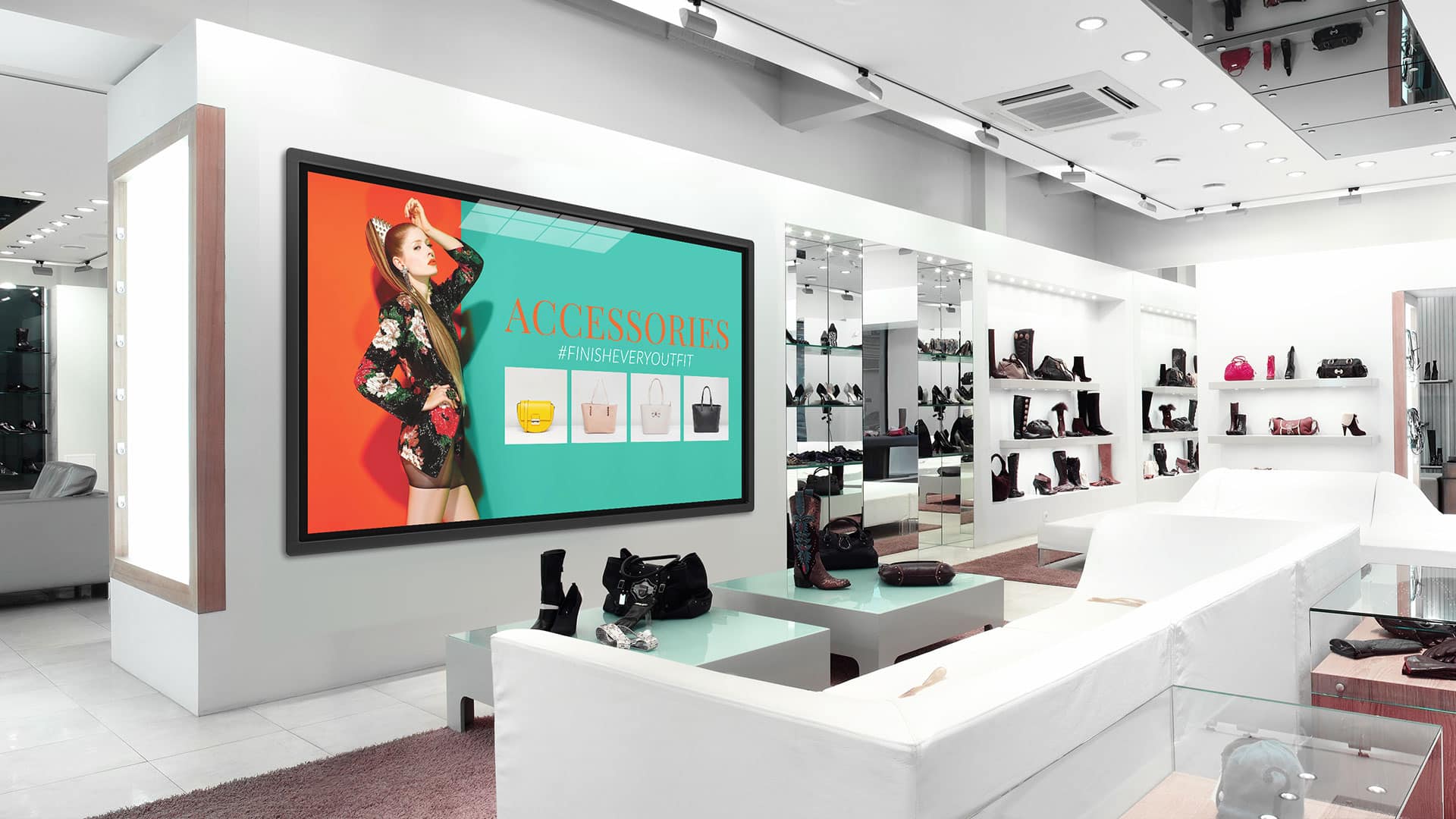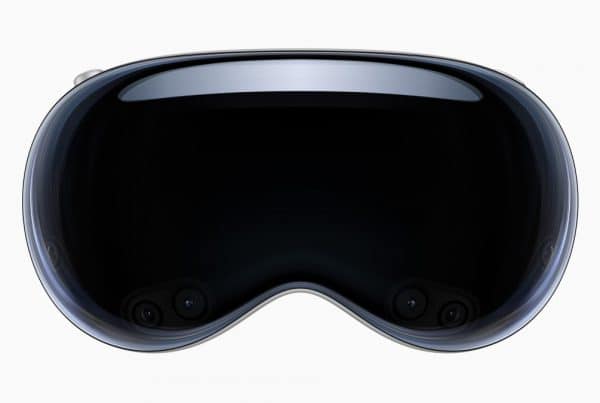Retailers are using the Internet of Things (IoT) to revolutionise the retail shopping experience. In effect, this is by building in-store engagement, enhancing their marketing, monitoring footfall and maximising supply chain visibility.
Today’s consumers expect to be able to research a product online. Then they try it out in-store and then purchase it from their mobile. And they expect their whole shopping experience to be consistent and joined up, no matter where it begins or ends. IoT is playing a big role in helping retailers meet these expectations and bring the digital and physical worlds together.
Digital signage
Retailers are competing to connect with customers, by offering more timely and relevant messages. Hence, digital signage enables retailers for the purpose of delivering regularly updated and personalised content to shoppers. This can be based on the time of day, the weather outside or even the contents of their trolley. And it’s delivering tangible benefits — digital signage generates a 32.8% growth in repeat buyers.
Connected devices for staff and customers
IoT is reshaping the shop floor. By equipping sales staff with IoT-connected tablet devices, retailers can make it easy for them to serve customers from anywhere in the store. Sales staff get access to up-to-the-minute information on product availability, shopper history and upcoming offers, as well as instant payments. Customers want instant solutions and exceptional experiences — and this doesn’t stop when it comes to trying on clothes. IoT-enabled mirrors are allowing retailers to communicate with their customers and personalise their experience on a new level.
Supply chain tracking
Retailers can benefit from many of the same IoT supply chain systems as manufacturers, enabling them to track the movement of stock from end to end, reducing shrinkage and damage. Pallet tracking, in effect, reduces the chances of theft and improves the likelihood of recovery. And IoT has further supply chain benefits for retailers — for example, enabling supermarkets to prove the provenance of goods from field to fork or from factory to clothes hanger.
Retailers can consequently extend this connected and automated supply chain right up to the point of sale. Connected cabinets are a new kind of vending machine that can monitor storage conditions and stock levels, ensuring that products, such as beverages, are always stocked and always at the optimum temperature. What’s more, in-store IoT gives retailers deeper insight into customer behaviour, enabling them to analyse which displays encourage customers to browse for longer.







